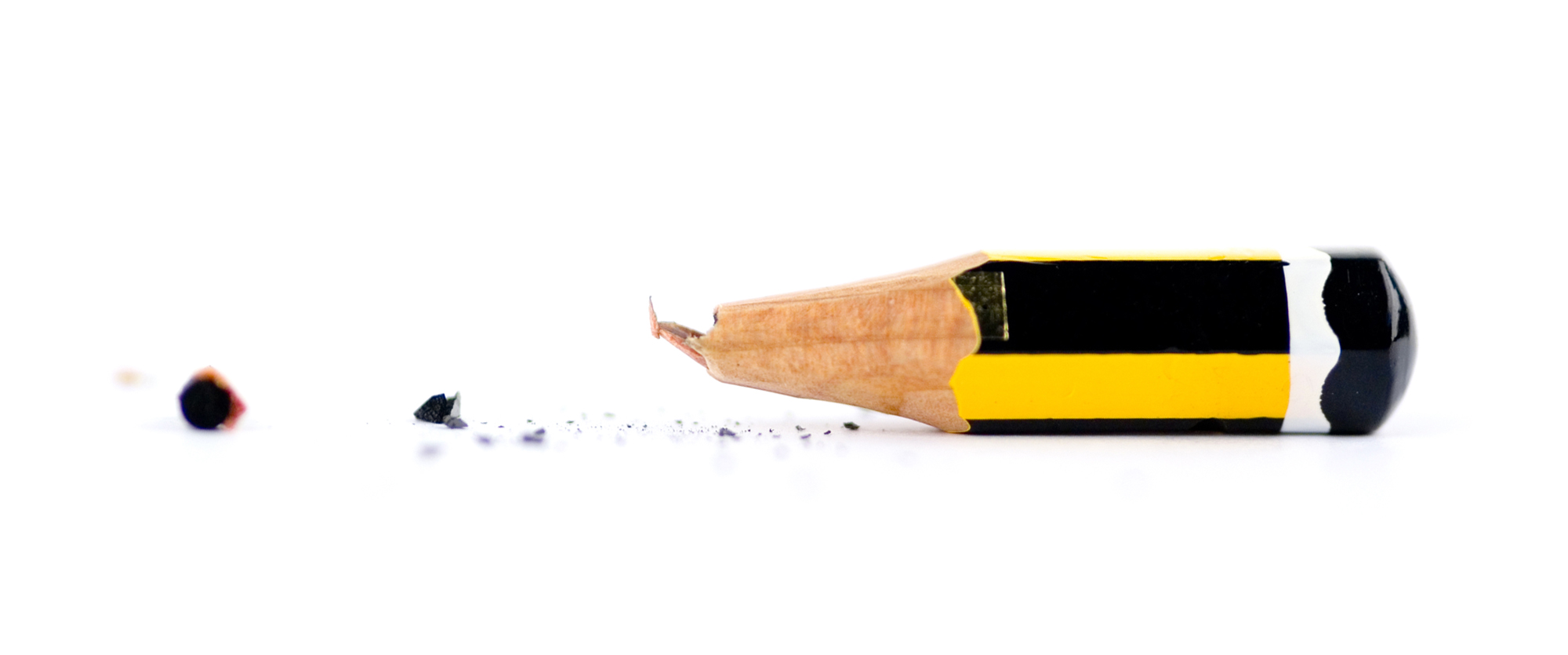
Our checklist for creating brand names
Charley Willard Horse Dick.
Not a name Mr and Mrs Dick must have thought through before it took residence on poor little Charley’s birth certificate*. His parents (hippophiles for all we know) might love it, but the law of unintended consequences can be cruel.
If you’re serious about the company, service or product that you’re planning to name, you don’t want to saddle it with a moniker that causes you trouble down the track. There’s a checklist we always work with when creating new brand names; some considerations on it are business-critical and are ignored at your peril. Get your name wrong and you can disadvantage your brand from day one. You may even have to go through a rebrand at day 365, if you’ve made a right horse’s of it.
Before we dive into the checklist, we’re going to assume that you’ve got your brand strategy worked out; that your brand values, proposition, audience and competitors are clearly defined. Without this kind of formal preparation you’re taking a big risk.
So here’s our checklist for creating new brand names. Most of it is common sense, but it’s good to have it all in one place. By all means flout or twist some of these recommendations, but do it with good reason.
1. What are your competitors doing?
If you’ve got competitors, make sure you’re not planning an identical or sound-alike brand name. For starters, it won’t differentiate you and you may find yourself in receipt of a letter from their lawyers pretty quickly.
2. Are you naming a thing or things?
Find out if your new brand name is a one-off or if it’s going to be part of a series. Consider if you could extend your name idea, if it’s going to be one of several.
3. Does your new brand name give you a usable home on the web?
If you’re going to draw up a shortlist of potential new brand names, you should make sure you can buy the website domain that you really want for each one. The .com is still the most desirable, but it’s not the only option. Even if your .com is taken, you may still be able to purchase it from the owner if they’re a speculator.
If you can’t secure the brand name with any of the suffixes you want (.com, .co.uk, .co etc), you’re going to have to be imaginative with an expanded form, such as wearebrandname.com or use one of the new top level domain names that are now on the market, like .club or .technology. As the web evolves, those new TLDs will become more common and the dominance of .com will slip into internet history.
4. Does your new brand name survive a Google search?
If you google your potential new brand name, are you faced with a hundred references to it, where other people around the planet are using it (in or outside of your market)? Or will you be able to dominate page one of Google because it’s unique? Google our client SilverDoor and you’ll see what we mean. If other people are already using your new name it might cause your business more serious problems (take a look at point 11). Whilst dominance of Google’s page one isn’t an essential consideration for your new brand name, it definitely secures your brand identity online and ensures that prospective customers find the right website.
5. Does the new brand name sound good?
If your name slides off the tongue, you’re onto a good thing. Clunky, awkward sounding product names are best left to the healthcare companies and software houses who do a fine job of inventing them. The study of beautiful or ugly sounding words and phrases is called phonaesthetics, if you’re curious.
6. How memorable is your new brand name?
Despite the recent trend for ‘it-does-what-it-says-on-the-tin’ type names, it really doesn’t have to describe the nature of your business, service or product. Back in the early 80s, who would have thought we’d be buying computers and phones from a company called Apple or bookcases from IKEA. Having a distinctive and memorable name is far more important than one that literally describes what you do. IKEA is an acronym comprising the initials of the founder’s name (Ingvar Kamprad), the farm where he grew up (Elmtaryd) and his home parish (Agunnaryd, in southern Sweden).
7. Is the new brand name long or overcomplicated?
If your name is going to be more than three or four words, stop right now. You’ll only make things harder for yourself. It’ll be shortened, and possibly not favourably, by your customers to make their lives easier. And have you ever tried to get hermione.butterworth@absurdlylongandannoyingbrandname.com on a business card? A typographer somewhere is having a breakdown.
8. How would your brand name sound on the telephone?
This is an old test, but a good one. Imagine you have to answer the telephone with your new brand name: “Xycantium, how can I help you?”. How does it sound? Can you imagine your staff doing it with confidence and the caller clearly grasping what’s being said?
9. Can your brand name be passed on without you having to spell it?
Xycantium may sound cool, but it’ll drive you mad, because you’ll have to spell it for anyone you mention it to. And don’t even think about radio advertising.
10. Are there any unintended foreign meanings in your new brand name?
If you’re planning to do business internationally, it’s worth checking that your new brand name isn’t Estonian for ‘goat face’. With only 26 letters in the Roman alphabet it’s possible that you’ve just invented a word that already exists in another language — and the outcome may not win you any friends. Toyota ran into difficulty with the name of their little MR2 sports car. MR2 was short for ‘Midship Runabout 2-seater’ but when MR2 is spoken in French (phonetically: Em-Air-Duh) the sounds complete the French word ‘merde’. Which means ‘shit’.
11. Is your new brand name trade mark free in the appropriate classes?
In the introduction above we mentioned business-critical considerations. This is a killer. If you’re settling on a new brand name, you have to be sure that it’s not already trade marked in the regions that you’ll be operating in. In the UK, that means consulting the UK IPO and searching the appropriate classes for trade marks that might be identical or similar to your new name. Without this check, you leave your business exposed to an owner who decides to pursue you for breach of their registered trade mark. At the very least, you’ll be forced to re-brand everything associated with your company, service or product.
12. Does your new brand name inspire any visual branding ideas?
It’s certainly not a critical consideration, but some brand names come loaded with inspiration for visual branding ideas. For example, our clients SilverDoor and Physio on the River whose names we devised. If your new brand name lends itself to visual representation, you’re giving brand designers like us some handy raw material to work with.
We have been creating new brand names since 2003 and many have now been in use for over 15 years. They’re thoroughly inseparable from the identity of the business that’s been built around them. Our brand names for clients include: 1Self, Essentic, Kith & Kin, Midion, Physio on the River, Point Positive, SilverDoor, Stories in the Making and The Geo People.
Contact us about creating a new brand name for your business, service or product and we’ll do what we can to make sure you’re not bottle feeding your own Charley Willard Horse Dick in nine months’ time.
*The little blighter is real. Born 2006, in Washington, USA.





















